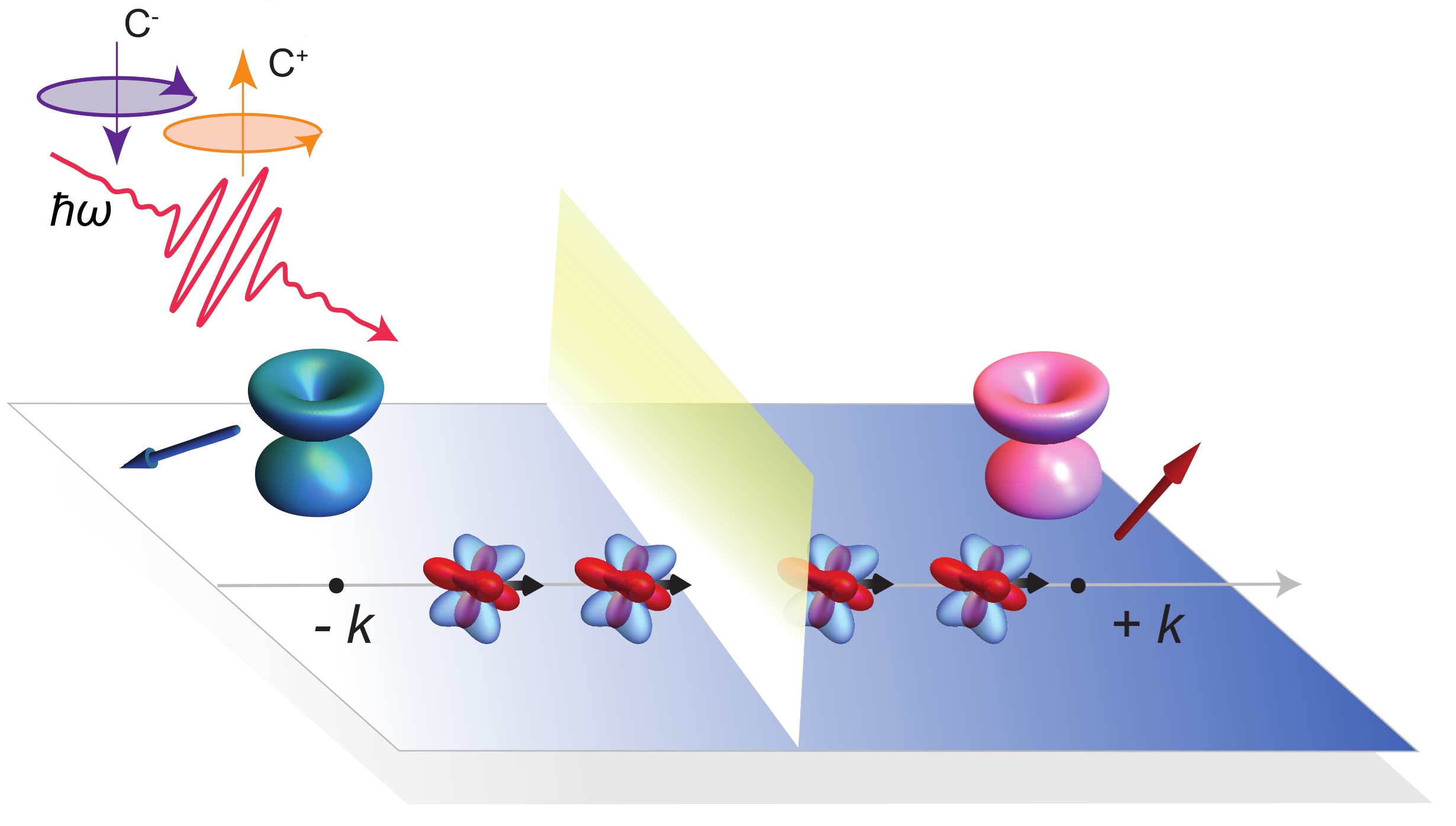Wojciech Florkowski joins Scientific Council of FAIR/GSI
Professor Wojciech Florkowski from Institute of Theoretical Physics is a member of the Scientific Council of FAIR/GSI.
Tomasz Stebel et al.; publication in Physical Review Letters

We compute the back-to-back dijet cross section in deep inelastic scattering at small x to next-to-leading order in the color glass condensate effective field theory. Our results allow for the first quantitative separation of the dynamics of Sudakov suppression from that of gluon saturation and provide a framework for precision tests of novel QCD many-body dynamics at the Electron-Ion Collider.
Phys. Rev. Lett. 132, 081902 (2024)
Albert Rico and Felix Huber; publication in Physical Review Letters

We provide a systematic method for nonlinear entanglement detection based on trace polynomial inequalities. In particular, this allows us to employ multipartite witnesses for the detection of bipartite states, and vice versa. With the trace polynomial formulation a great variety of witnesses arise from immanant inequalities, which are local unitary invariant and can be implemented in the laboratory with randomized measurements.
Phys. Rev. Lett. 132, 070202 (2024)
Grants for George Zahariade and Michał Eckstein
Two Sonata Bis grants for our employees:
- George Zahariade: Grawitacja oraz teoria pola na granicy klasyczno-kwantowej
- Michał Eckstein: Post-kwantowa grawitacja - zasady, struktury i zjawiska
Wojciech Brzezicki; publication in Nature

Signatures of a surface spin–orbital chiral metal.
Authors gave a theoretical contribution to a Nature publication concerning an exotic surface chiral phase of Sr2RuO4. This hypothetical phase containing ground-state spin-orbital currents breaks both time-reversal and all crystalline symmetric, hence the name chiral. The method to observe such symmetry-broken state is circularly-polarized angular- and spin-resolved photoemission experiment (CP-spin-ARPES). The difference of measured intensity between left and right polarization gives what is called circular dichroism (CD). Its intensity can be related to the electron’s average angular momentum and typically takes opposite sign for opposite quasimomenta. The main finding of the work is that in presence of the ground-state spin-orbital currents CD exhibits this usual behavior whereas spin-resolved CD does not. Therefore CP-spin-ARPES has capacity to detect such an unusual order.
F. Mazzola, W. Brzezicki, et al.; Nature (2024)

